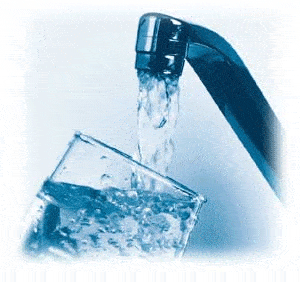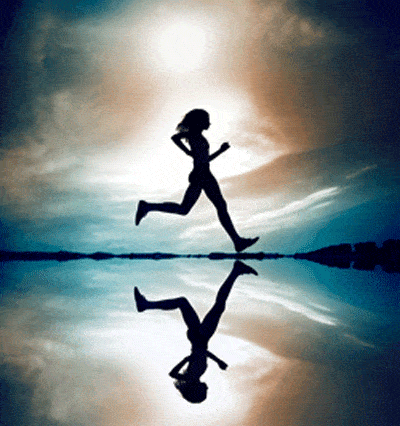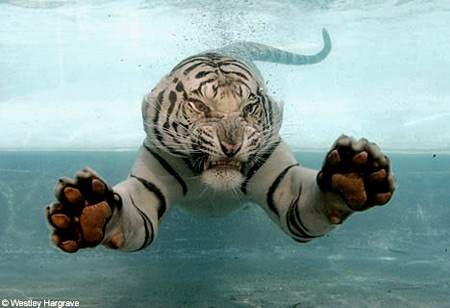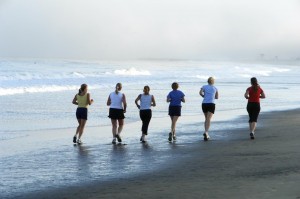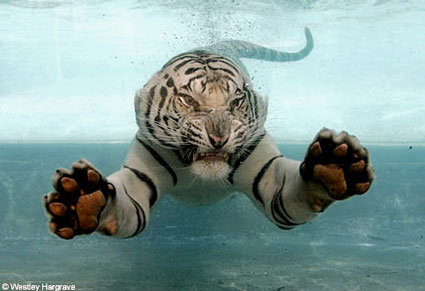
by Lisa J. Lehr
It’s been a long, cool spring, but it’s bound to get hot one of these days. And when it does, human bodies will be heading for water bodies in droves.
There’s no question that swimming cools you off, provided the water temperature is lower than your body temperature—which it is, unless we’re talking about a hot tub or a hot spring. But is swimming the equivalent of a glass of lemonade: cools you off, but has no real health benefits? Or is it really good for you?
Well…it depends.
First, the pluses of swimming as exercise:
1. It uses all your major muscle groups.
2. It can provide a good workout for your heart and lungs.
3. It’s easy on your joints.
4. The buoyancy factor (you weigh about one-tenth as much in water as you do on land) makes it a good exercise for people who are pregnant, have injuries, or need to avoid high-impact types of exercise.
5. It’s appropriate for people of all ages and ability levels.
Now the minuses:
1. In order to count swimming as exercise, you’ll need to swim a good number of brisk laps (floating and splashing won’t do it), and some people find that monotonous.
2. Swimming puts no stress on your bones, and weight-bearing exercise is essential for maintaining bone mass and strength.
3. Swimming makes you hungry, so the calories you consume after a swim may exceed those you burned during the swim.
4. Unlike with other types of exercise, your body does not continue burning calories at an increased rate after your workout. This is because you don’t heat up as much exercising in water as on land; you lose body heat faster to water than to air because water is denser, so your body doesn’t have to work to cool you down post-workout.
5. Finally, if swimming is to be your workout of choice, you need convenient access to a pool. The “inconvenience factor” may become a convenient excuse not to exercise.
So if you like swimming, find that it meets your exercise needs, and is convenient and not too boring, go for it. But if you’ve been swimming for a while and wondering why you’re not seeing the results you expected, now you know why! You may want to explore some other type of exercise.
And if you’re heading for a natural water body, especially the fast-moving, snowmelt-fed rivers of Nevada County, remember that humans (and other land creatures) and cold, white water are a dangerous and often deadly combination. Especially when alcohol is involved.
Lisa J. Lehr is a writer, copywriter, and fitness fan living in Grass Valley. She can help you promote your business with a full range of online and offline marketing pieces. A member of Empire Toastmasters, she’s available to speak to your business or professional group. Visit her website www.justrightcopy.com for more information, opt in for a message series, and receive a free Marketing Guide.
—
Lisa J. Lehr
I write words that make you money–just ask me how.
www.justrightcopy.com
Visit my website and sign up for my fr~ee marketing tips.
New! No~cost Marketing Guide now available at my website.
